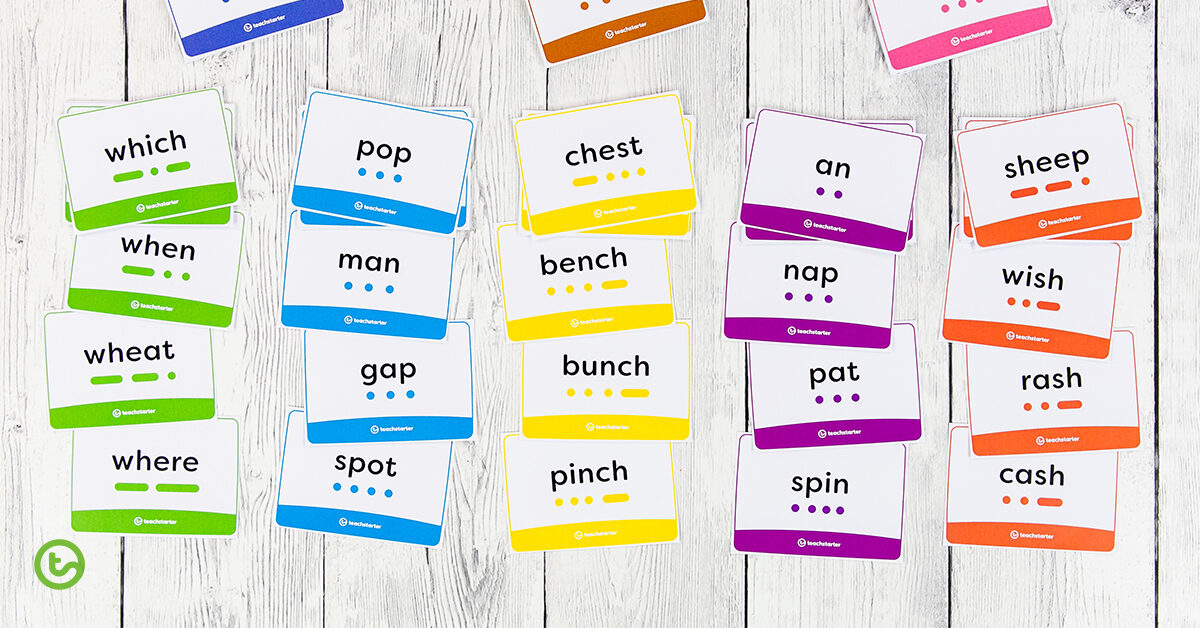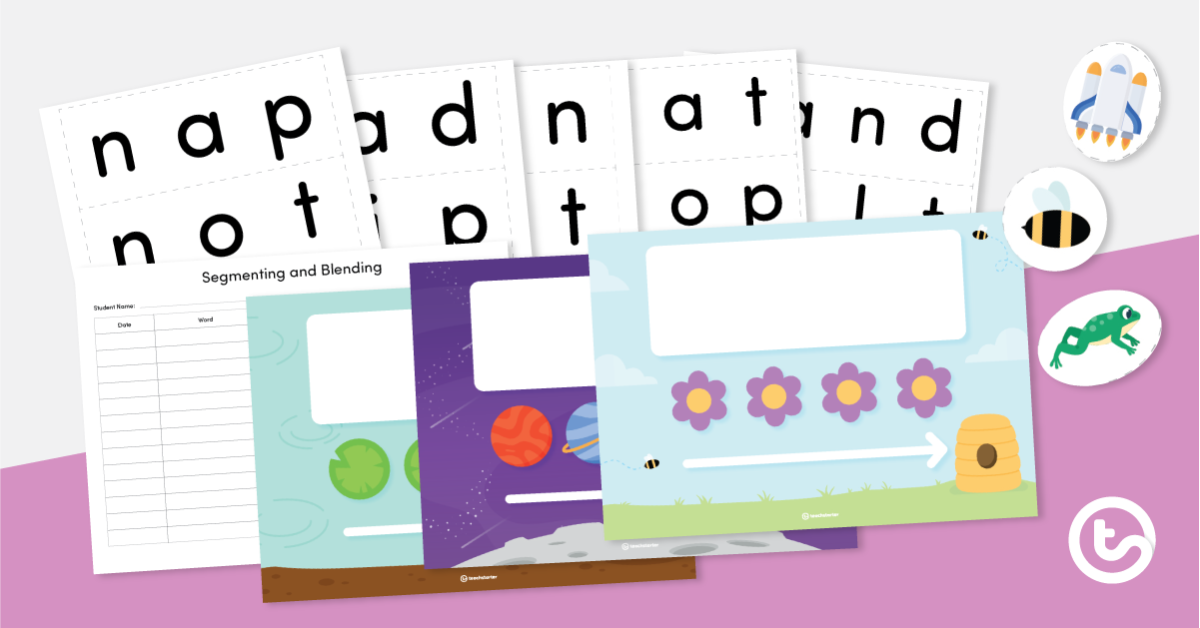Yep – I’m going there. I’m going to write about the elephant in the room – word guessing as a reading strategy, or not! We’ve been dabbling in the Science of Reading research and best practice for teaching kids to read; it’s certainly been a huge learning curve for me and I’m on this learning journey with a lot of the early years teachers out there! So here goes…
During the teaching and learning of reading, it’s only natural that as early years teachers we encourage our young readers to ‘have a go’ – as we do with every other learning experience in the classroom! In many classrooms, ‘have a go and guess the word…’ was one of a handful of reading strategies taught to early readers. However, we now know that we should really be encouraging our young readers to have a go and decode the word instead!
Why We Should Break the Word Guessing Habit
Firstly, let’s take a look at the different behaviours or ‘word guessing’ strategies children may be using:
- the first letter of the word guess
- the shape of the word guess
- the picture as a clue guess
- and the context of the storyline guess.
Whilst these word guessing strategies may result in them, in fact, guessing the correct word, we are not setting them up for success as the texts they read become more complex. This habit may also result in our young readers relying only on sight-read, meaning they are visually recognising whole words, rather than using their phonemic knowledge to decode unknown words.
If children continue to use ‘guessing’ as a reading strategy, the whole notion of reading will become meaningless and frustrating for them. And, there’s a simple shift in how we explicitly teach children what to do when they are stuck on a word that could result in more confident readers.
Reading for meaning is still important!
You’ll notice that a lot of the content featured in this blog focuses on phonics knowledge and using decoding as the first ‘go-to’ when it comes to an unknown word. However, it is still important that we are making sure the children are reading for meaning and comprehending the text, rather than just decoding the text. Decoding texts and reading for meaning go hand in hand.
How to Help Kids Who are Word Guessing During Reading
If children have fallen into the habit of guessing at words, it’s important to not completely discourage them from reading. Here are some hints and tips to help revert these students to confidently decoding rather than guessing during reading.
(1) Use decodable texts that are suitable for their level to build their confidence in their own decoding skills.
These 10 texts focus on the five short vowel sounds. The words used most commonly are CVC words, though some CCVC and CVCC words are also used. All of the words used in the text (apart from the tricky words) are decodable and use single grapheme letter-sound correspondences.
(2) Spend lots of time on blending and segmenting known graphemes.
Blending and segmenting are skills that need to be explicitly taught and constantly exposed to early readers. This allows children the opportunity to practise segmenting and blending sounds. Using sound buttons flashcards and/or playdough buttons is a great starting point to allow your students to practise.
These segmenting and blending mats are the perfect template to encourage your children to segment and blend simple CVC, CVCC and CCVC words.
(3) Encourage the use of other strategies that focus on decoding.
Using these bookmarks provided to us by Clare Wood from Tiny Steps Make Big Strides, provide your students with other strategies they could use when they get to an unknown word.
We’d love to hear your thoughts – share how you have helped struggling readings in your classroom on our Facebook Group – Teacher Talk.
Blog banner image: Roman Samboerskyi / Shutterstock.com











Comments